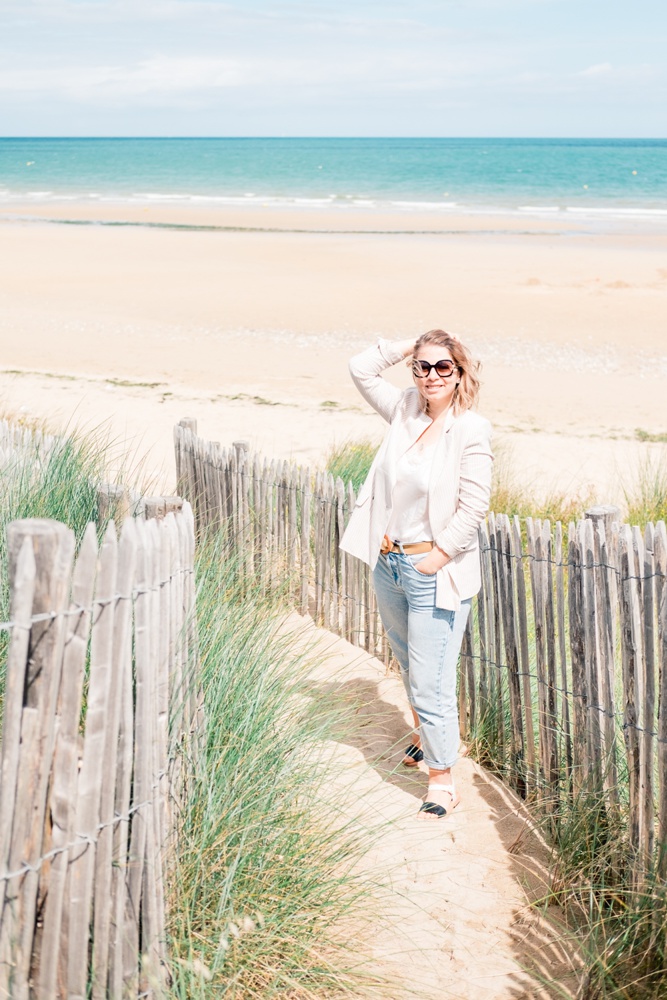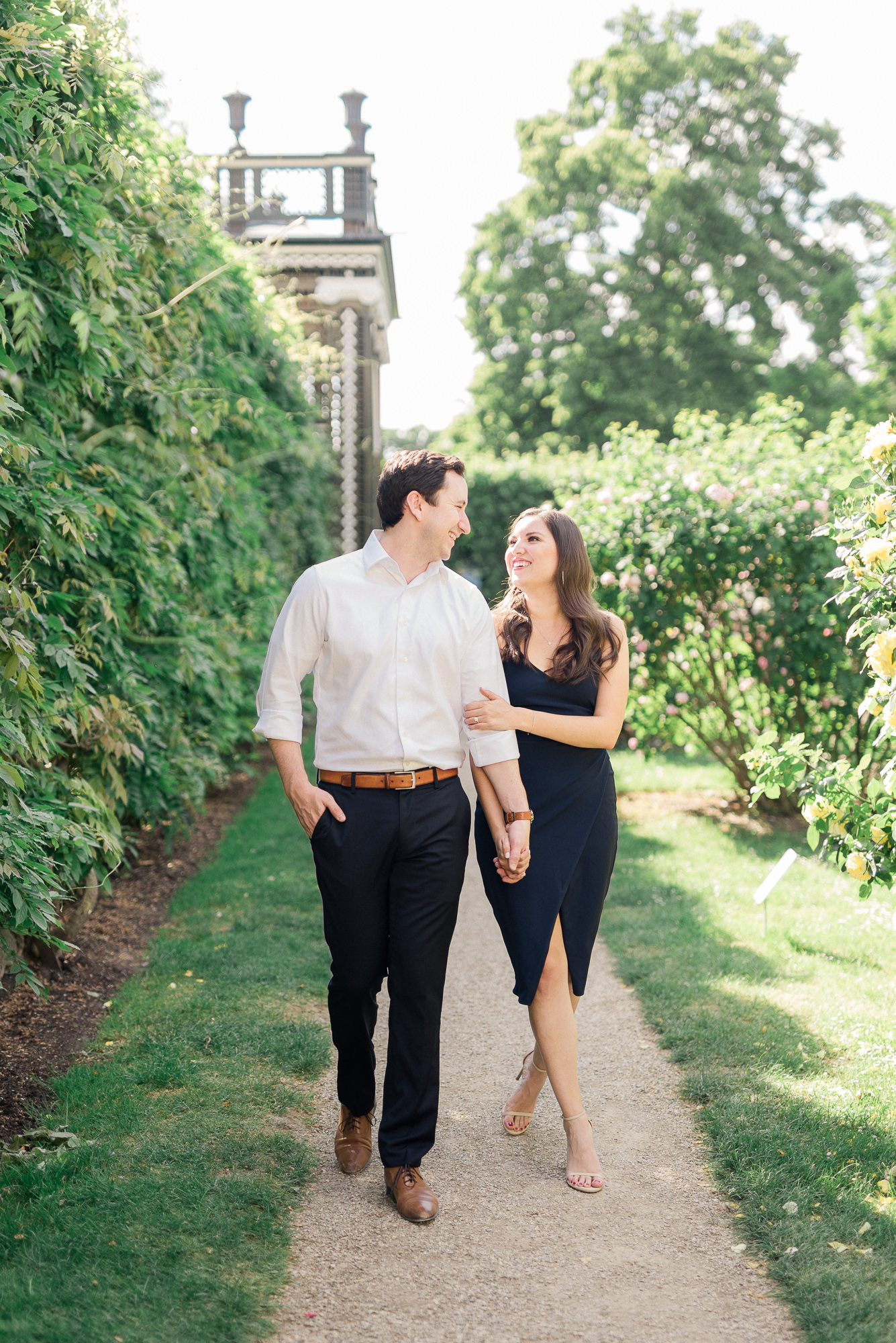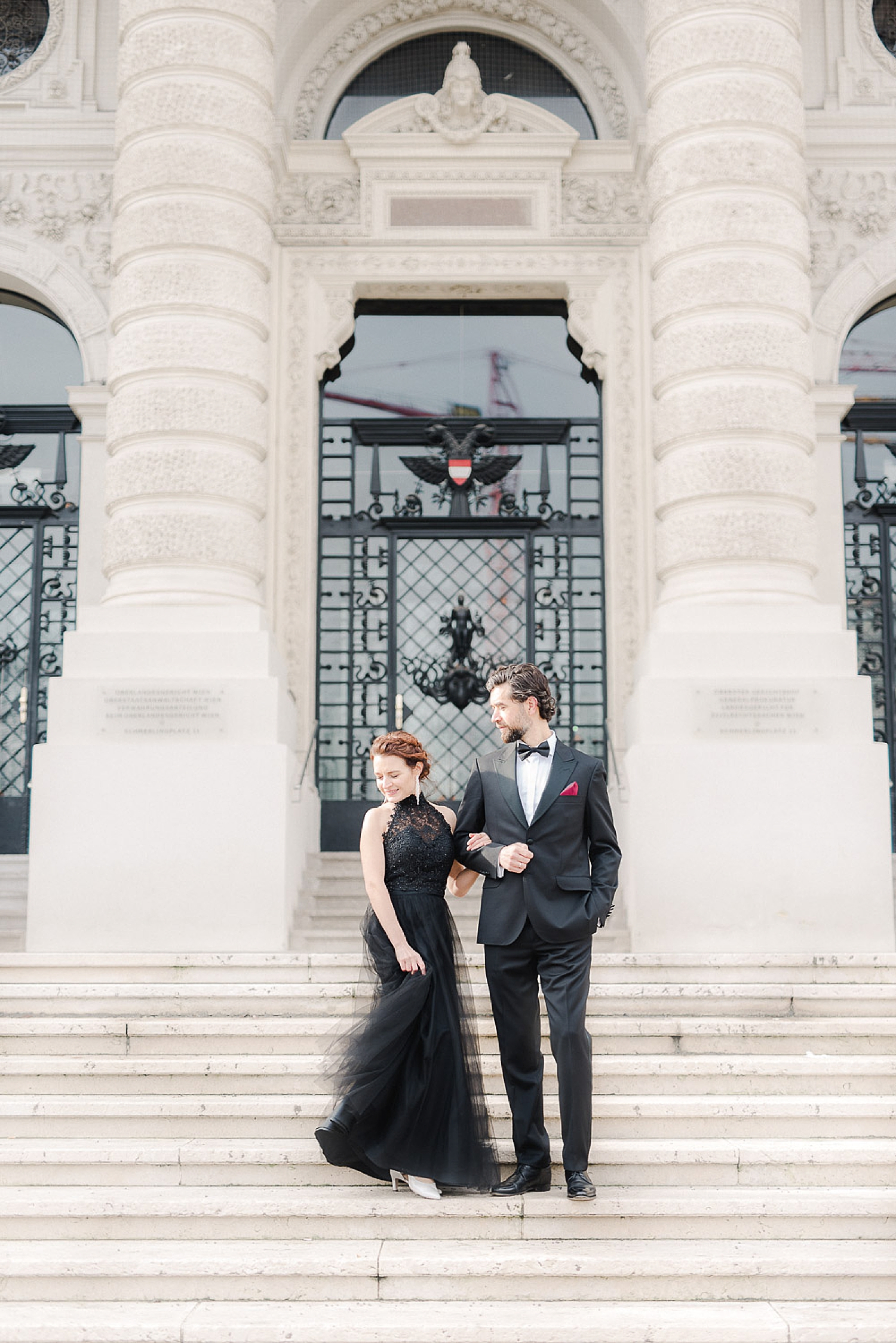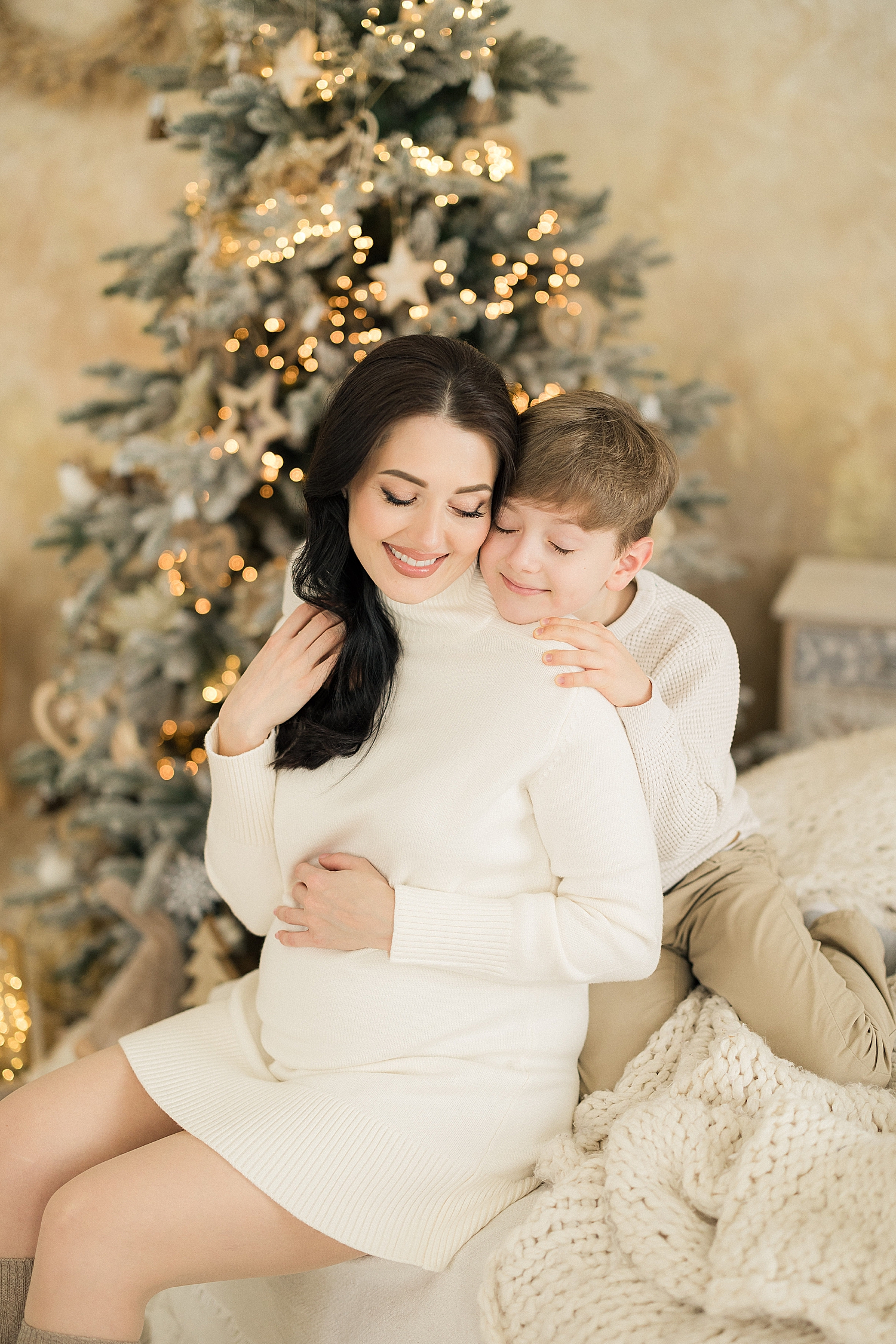
DSLR vs Mirrorless
A few years ago, this was a real debate. Now? It’s not. Mirrorless wins, hands down.
It’s lighter, faster, easier to use, and way more future-proof. I started on a DSLR because that’s what we had back then—but today, I wouldn’t even consider it. Mirrorless is the way to go, unless you’re getting a DSLR basically for free.
So yeah—go mirrorless. Just trust me on this one.
Full Frame or Crop Sensor
Okay, so this one sounds complicated, but it’s actually simple.
The only difference is the size of the sensor. Full frame = bigger sensor, more depth, better low-light performance. Crop sensor = smaller sensor, slightly tighter images with the same lens, and more affordable.
If you can afford a full frame—get it. Even a used one. It’ll give you a more professional feel and will work better with prime lenses like the 50mm.
But if budget is tight? Go for a crop sensor. You’ll still get amazing images, especially if you pair it with the right lens.
How I’d choose a camera today? Let’s say I’m starting from zero. Here’s what I’d do:
1. Pick a camera family (brand)
Canon, Sony, Nikon, Fuji—doesn’t matter too much. They’re all amazing now. But stick to one system, because once you start buying lenses and accessories, switching becomes expensive.
I personally use Canon for my wedding work because I find the system really intuitive. Fuji is our travel camera at home—it’s small and fun. Choose what feels right in your hands and fits your budget.
2. Don’t overthink the camera body
Look for a mirrorless model within your price range. Doesn’t need to be the latest. Doesn’t need to be fancy. Just needs to work.
3. Invest in the lens, not the body
This is the part no one tells you: your lens matters way more than your camera body.
If I were starting now, I’d skip the kit lens completely and go straight for a prime lens:
– 50mm f/1.8 if you’re using a full frame
– 35mm f/1.8 if you’re on a crop sensor
While now I use prime lenses with f1.4. or f1.2, starting with f1.8 is a great idea – it is much more affordable and delivers amazing results.
That was a game-changer for me. I remember when I got my first 50mm 1.8—it was on a very basic DSLR, but the photos suddenly looked so much better. Soft background, sharp subject, beautiful light—it’s just a different world.
4. What features actually matter?
Honestly? Not many.
If you’re just starting, look for:
– Good ISO performance – handles low light without crazy noise
– Fast autofocus – especially for people photography
– Simple, intuitive menu – I chose Canon partly because it’s so easy to use
– Good lens options – make sure the brand has the primes you want down the line
That’s it. Don’t let anyone drag you into endless comparison charts.
Final Thoughts
The biggest mistake beginners make? Spending weeks researching gear instead of shooting.
You’re not getting married to your first camera. You’re just starting a journey.
So here’s what I’d do today:
– Buy a mirrorless camera I can afford (even used)
– Pair it with a good prime lens (50mm f1.8 or 35mm depending on sensor)
– Skip the kit lens
– Go shoot. A lot.
And one last thing: don’t wait to feel “ready.” The gear doesn’t matter nearly as much as the practice. That’s where you’ll learn. That’s where you’ll grow. And that’s where the fun really starts.


